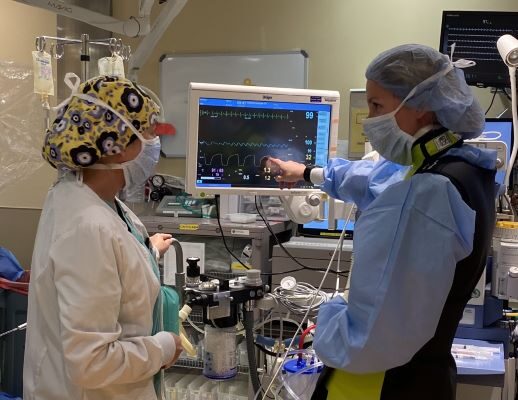

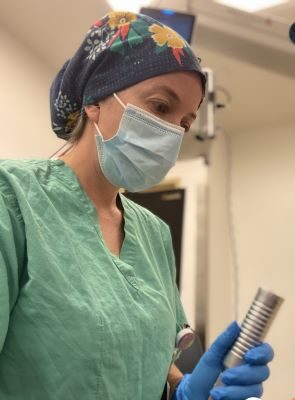
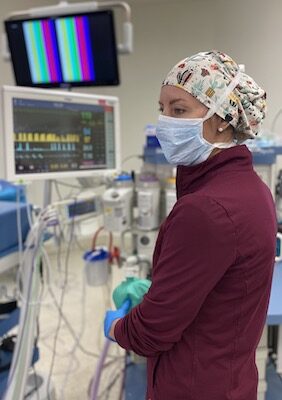
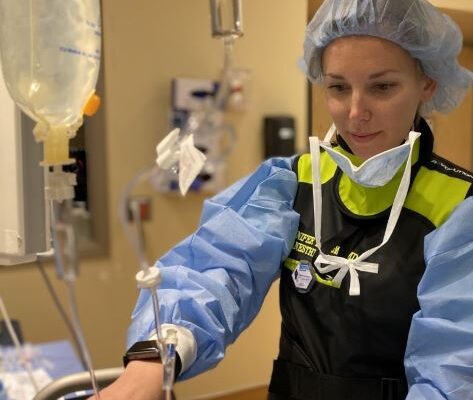
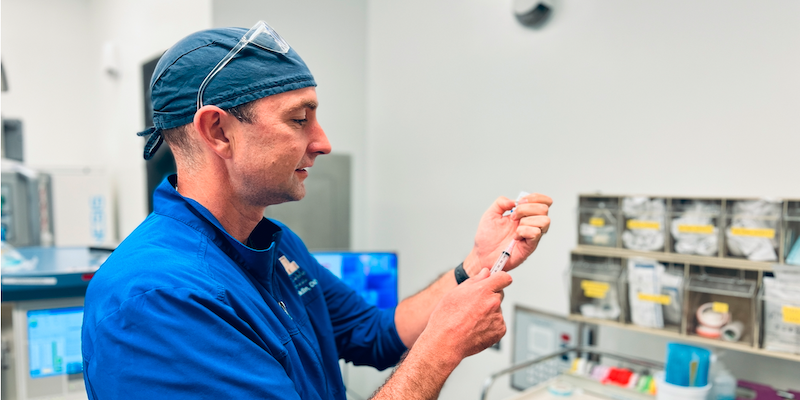
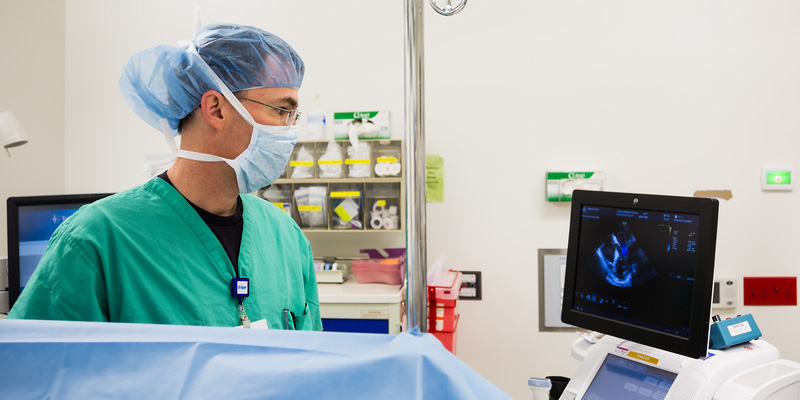
Old Pueblo Anesthesia understands that the unknowns of surgery and anesthesia can be a great cause of anxiety for some individuals. The following information should provide you with a better understanding of our involvement in your care before, during, and after your surgery.
You play the most important role in this phase of your care. It is up to you to minimize the risks of surgery by helping us understand your medical health. When your procedure is being performed in a hospital, prior to arriving on your operative day you may be contacted by the Presurgical Services to answer a brief series of questions concerning your health and medications. You also may be instructed by your surgeon to visit an additional physician or nurse practitioner for pre-operative evaluation and clearance. In order to know your current state of health, it may be necessary for you to undergo additional testing, possibly including blood work, x-rays, and an electrocardiogram. This information aids us in devising the safest anesthetic and post-operative plan. Please remember to follow all instructions you are given regarding medications and restrictions on eating or drinking. If you are instructed to take your medications on the morning of surgery, do so with a small sip of water.
You will meet your anesthesiologist in a pre-operative holding area. Your medical history will be reviewed once more with this doctor who will then walk you through the appropriate anesthetic plan for your needs. The risks and benefits, alternatives and complications will be presented. We strongly encourage you to ask any questions or concerns that you may have at this time. Occasionally the information obtained during this time guides us to recommend that your elective procedure be postponed until a day when your health is better optimized. Your safety in surgery is our #1 priority.
Immediately after your surgery a team of nurses and physicians will closely monitor you as you fully awaken and recover from the effects of anesthesia. This will involve bedside nursing care and the use of many of the same monitors used during surgery. Your recovery is dependent upon many factors: the type and duration of surgery, your medical condition and the type of anesthetic received. Most patients will spend one to two hours in the recovery area before they are either discharged home or to their hospital rooms. Again, this time is tailored to you and your needs.
This is an aspect of surgery that is concerning to most patients. In the hospital most postoperative pain is controlled by one of three means:
IV pain medicine: This most commonly includes, but is not limited to, narcotics such as Morphine and Demerol, and anti-inflammatory painkillers. A nurse administers these medications.
PCA (Patient Controlled Analgesia): This describes a method through which potent pain relievers are self-administered through a computerized pump attached to your IV line. The dose is calculated and the computer programmed to deliver a pre-set dose of medication under your own control. This allows for relief-on-demand.
Epidural anesthesia: For some types of procedures your anesthesiologist may recommend an epidural. In this technique a small catheter is sterilely placed into the epidural space of your back. Through this catheter small doses of local anesthetics and/or narcotics are administered on a continuous basis near the nerves, which are responsible for your pain. This technique is extremely efficient and often allows for excellent pain relief without many of the side effects of equivalent doses of IV medications.
During your use of potent medications, PCA or epidural you may have additional monitoring as an added element of safety.
Monitored Anesthesia Care
This technique provides reduced anxiety and pain, partial or total amnesia. The incision site is numbed with local anesthetics. You will be responsive during this procedure.
Regional Anesthesia
Regional anesthetic techniques are often used in conjunction with either Monitored Anesthesia Care or a General Anesthetic. With this technique, injecting local anesthetics near the nerves that supply sensation to the area will numb the surgical area of your body. The block is placed preoperatively as your input during placement adds a crucial element of safety. Mild sedation may be administered to allay anxiety you may have during placement. This technique includes nerve blocks, spinal and epidural anesthesia.
General Anesthesia
In this technique a combination of medications, both IV and inhaled, are typically used. You will be completely unaware during your procedure and you will awaken at the completion when the anesthetic medications are stopped. It may be necessary to use a breathing tube or similar device to support your breathing during the operation.